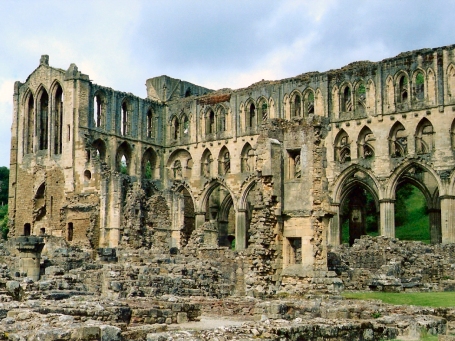
Founded by Earl Malcolm of Fife in 1217-1218, Culross Abbey was a small Cistercian monastery. It barely survived until the Reformation, when in 1633 the east choir of the abbey church became the parish church while the west choir and adjoining buildings fell into decay. Little more than their foundations survive.
Culross was known for its gardens as well as its scriptorium which produced illuminated manuscripts and fine binding. It is also said that there had been a grammar school within the abbey, where the youth of the burgh and surrounding lands were "instructit in gramar and tranit in vertew" – instructed in grammar and trained in virtue.
Since 1624 the north transept has housed the tomb of Sir George Bruce of Carnock with effigies of him, his wife and eight children.
View more photographs of Culross Abbey at Travels in the UK, a travelogue by the Webmaster: Culross Abbey Photo Gallery.

A monastery is a building or complex of buildings comprising the domestic quarters and workplaces of monastics, monks or nuns ...Read more at Wikipedia.

Cathedrals, as well as many abbey churches and basilicas, have certain complex structural forms that are found less often in parish churches. Read more at Wikipedia.